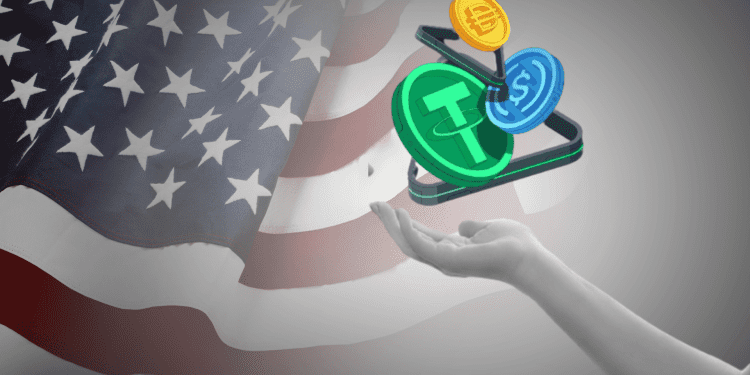- Stablecoins are important in crypto trading but remain unregulated in the U.S., despite the market ballooning to over $135 billion. Many experts believe comprehensive stablecoin regulation will finally arrive in 2024.
- Stablecoins have a stable value pegged to traditional currencies, avoiding volatility. The biggest stablecoin, Tether, has a $65 billion market cap. Stablecoins enable key crypto use cases but currently operate in a regulatory gray area in the U.S.
- There is growing bipartisan support in Congress to regulate stablecoins in 2024, recognizing their benefits but wanting consumer protections. The SEC, crypto industry leaders, and stablecoin issuers also support regulation to enable mainstream adoption.
Stablecoins have become an important part of the cryptocurrency ecosystem, allowing traders to move between traditional currencies and digital assets. However, stablecoins remain largely unregulated in the U.S., even as the market has ballooned to over $135 billion. Many experts believe 2024 will be the year stablecoin regulation finally arrives.
The State of Stablecoins Today
Stablecoins are cryptocurrencies designed to have a stable value, usually pegged to a traditional currency like the U.S. dollar. This allows crypto traders to avoid the volatility typically associated with digital assets. The biggest stablecoin, Tether, has a market cap over $65 billion. Stablecoins enable key crypto use cases like decentralized finance and facilitate crypto trading on exchanges.
Despite their importance, stablecoins currently operate in a regulatory gray area in the U.S. Lawmakers have introduced legislation, like the Clarity for Digital Tokens Act, but no comprehensive stablecoin regulations have been passed so far. However, many other countries are moving forward with regulating stablecoins.
Why Stablecoin Regulation is Likely in 2024
This year could finally see concrete stablecoin regulation at the federal level. There is growing bipartisan support in Congress, with lawmakers recognizing stablecoins’ benefits but wanting proper consumer protections. The SEC and other agencies have also signaled stablecoins need regulatory clarity.
Outside the government, stablecoin issuers like Circle and industry groups have pushed for regulation, believing it will lead to wider mainstream adoption. And after recent crypto market turmoil, there are concerns around certain stablecoins’ reserves and transparency.
Overall, the momentum towards stablecoin legislation continues to build. Circle CEO Jeremy Allaire stated there is a “very good chance” stablecoin laws pass in 2024. While the details remain uncertain, many believe federal oversight of stablecoins is imminent.
Conclusion
Stablecoins present an opportunity to bridge the traditional and cryptocurrency financial worlds. But this promising market segment has flown under the regulatory radar for years in the U.S. Now, with bipartisan support in Congress and backing from crypto industry leaders, 2024 could finally be the year stablecoins come under a regulatory framework. While specifics are still up for debate, it appears likely stablecoin’s regulatory limbo will end as lawmakers recognize the need for greater oversight and consumer protections.














